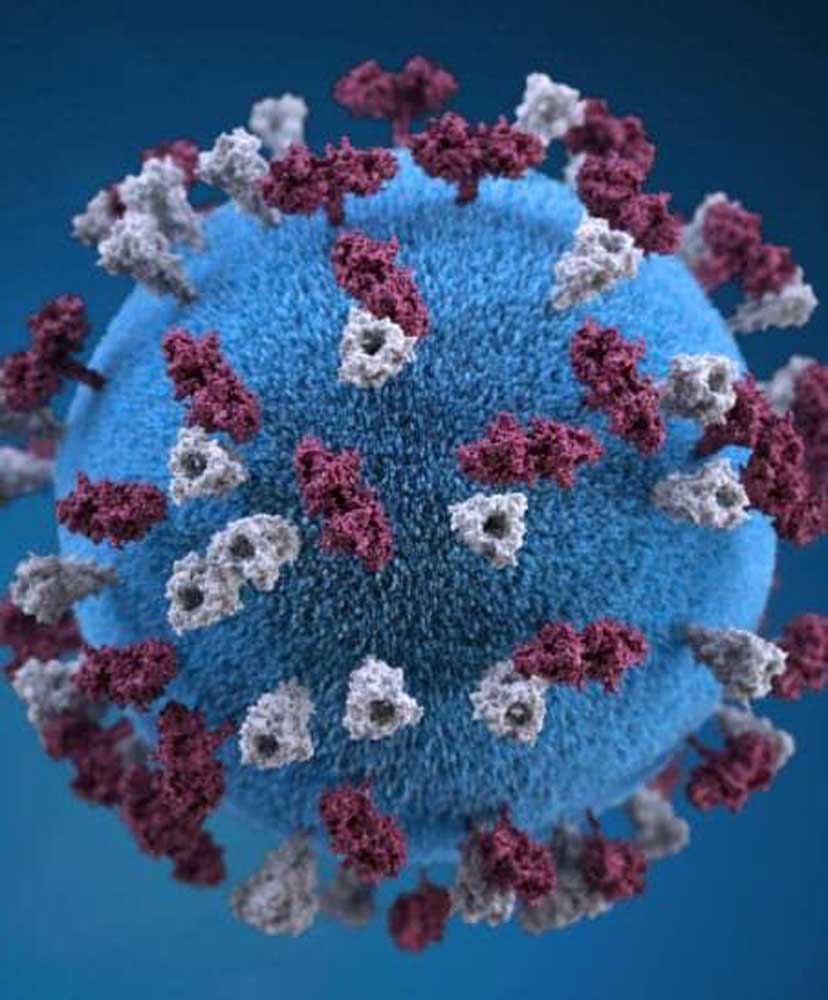What’s a firkin beer?
Published 12:00 am Friday, February 14, 2014

- Allysa Kolyvanov, of Bend, tries a glass of the cask-conditioned Imperial IPA at Worthy Brewing in Bend on a recent Friday afternoon. How’d she like it? “This beer,” she said, “is really good!”
This town is getting firkin crazy.
With Worthy Brewing hosting a weekly Firkin Friday, McMenamins Old St. Francis School tapping at least one firkin keg a month and places like Deschutes Brewery and Broken Top Bottle Shop embracing cask-conditioned beer, fans of “real ale” — as some call the unfiltered, unpasteurized and naturally carbonated beer — have a host of options in Bend.
“Every one you do comes out different,” said Mike “Curly” White, the head brewer at McMenamins, who has been doing small-batch firkin beers since 2009. “You could brew the same exact style you’ve done before and it comes out different because the (naturally occuring) carbonation is different or the temperature you store the beer at is different.”
A favorite experimenting ground for brewers, firkins — named after an old English unit of volume — are small casks, usually around 10 gallons. In contrast with most bottled or kegged beer, which goes through a secondary fermentation process, firkin beers carbonate naturally inside their small barrel. They are, therefore, less carbonated and a little flatter than most beers brewed today, and usually stored and served warmer (around 50 degrees) since the yeast in the beer would not carbonate the brew at all if kept too cold.
“It’s an old-school way to pour beer,” says White, who has a firkin keg of porter flavored with whiskey-soaked oak chips ready for Saturday’s Zwickelmania beer festival (see inset for more info).
Firkin beers are served straight from the casks in which they’ve fermented and are usually good for only a couple of days … if they last that long.
“What I like to do is take a beer that is 90 percent fermented, that hasn’t got to secondary fermentation yet, and throw some in a firkin keg,” White says. “Then I’ll add some (of the same kind of beer) that’s in the first 36 hours of fermenting — it’s highly active phase — to help the beer finish out.
“Then I let it sit in the brewery at 60 to 70 degrees for a couple of weeks and really let it finish out,” explains White, who also likes to experiment with firkin beers by adding vanilla beans or whiskey- or brandy-soaked oak chips. “I’ll throw (the beer) in a cooler for a day or two (before serving) to calm things down … but the day it’s set to pour, I pull it out of the cellar, put it on the bar (and) let it get back up to room temperature and serve it in the traditional firkin style.”
While White has tried various beer styles in his firkin, he says bigger, bolder beers tend to turn out better with the lower carbonation levels.
“I like the more malty beers” he says. “I tried Kolsches (and) wheats, but they just don’t have the body that stacks up to others. Think English-style beers like ESBs (Extra Strong Bitter) or bold reds or porters. Browns do really nice too. Anything that doesn’t rely on a lot of hops.”
If you want hops in a firkin, White says, go hop crazy.
“You have to go super hoppy with an IRA or Imperial IPA to get that hop prensence in firkin beers,” he says.
The real beauty of firkins, for brewers and brew drinkers, is the element of the unknown in the brewing process.
“It’s all about doing the little things you don’t do with a full batch (of beer),” White says. “And you don’t know exactly how it’s going to turn out. It’s all part of the experiment process.”
On Feb. 26, the last Wednesday of this month, White will tap a “big, malty red” with some hop tones; he also added oak chips that had been soaked in one of McMenamins’ own brandy labels.
He thinks this firkin has a chance to be something special.
“But,” he says, “we won’t know until we tap it.”
— Reporter: 541-383-0305, beastes@bendbulletin.com








